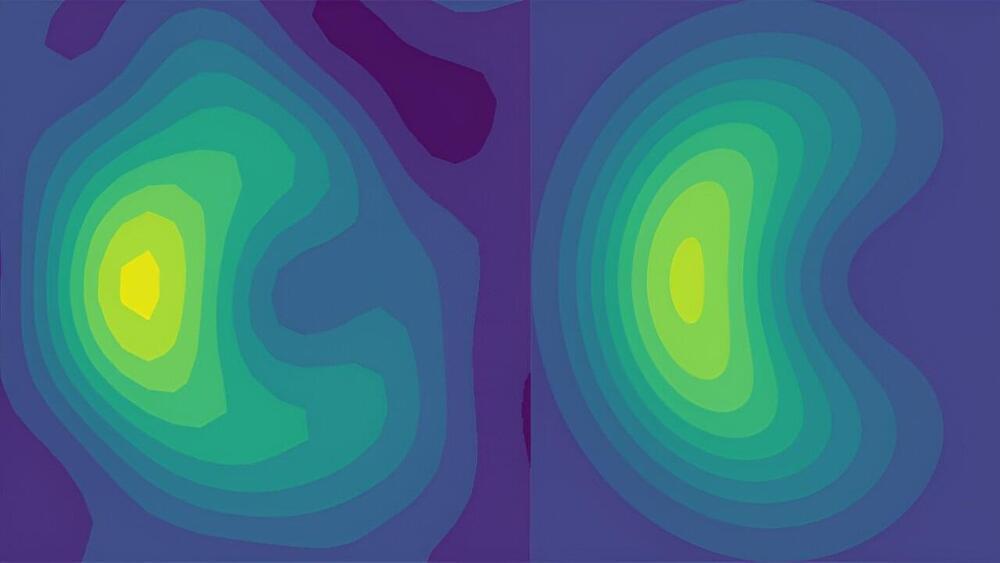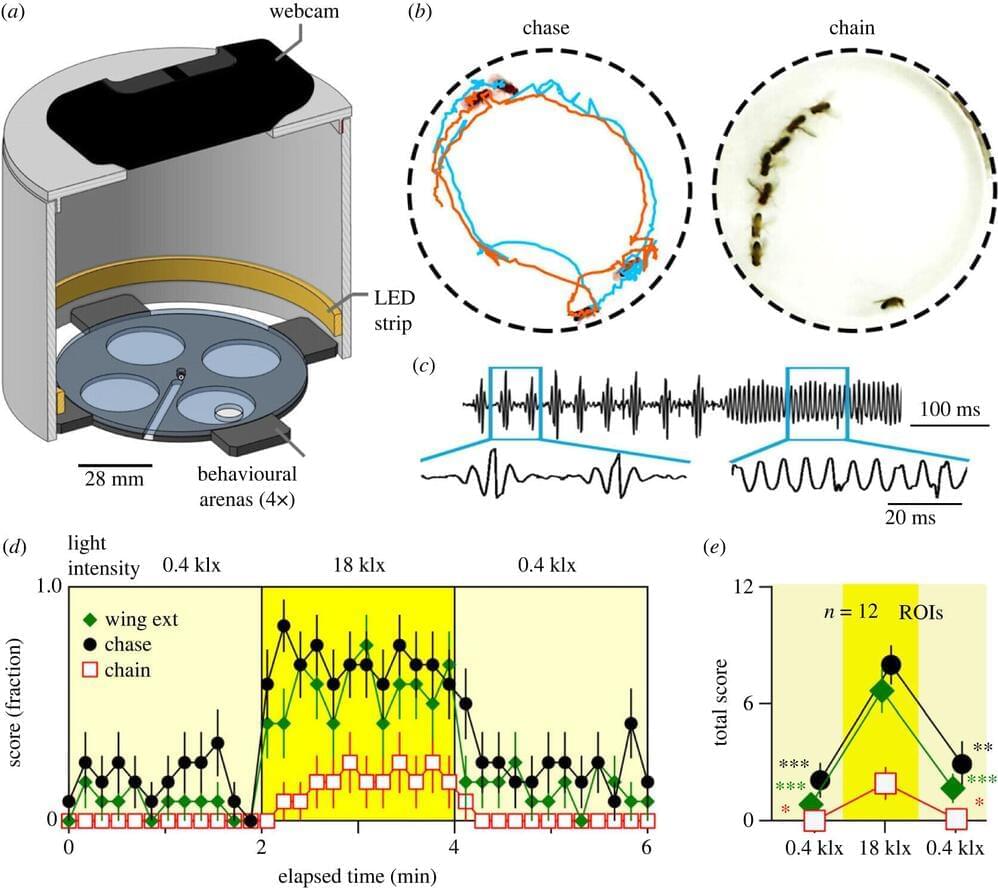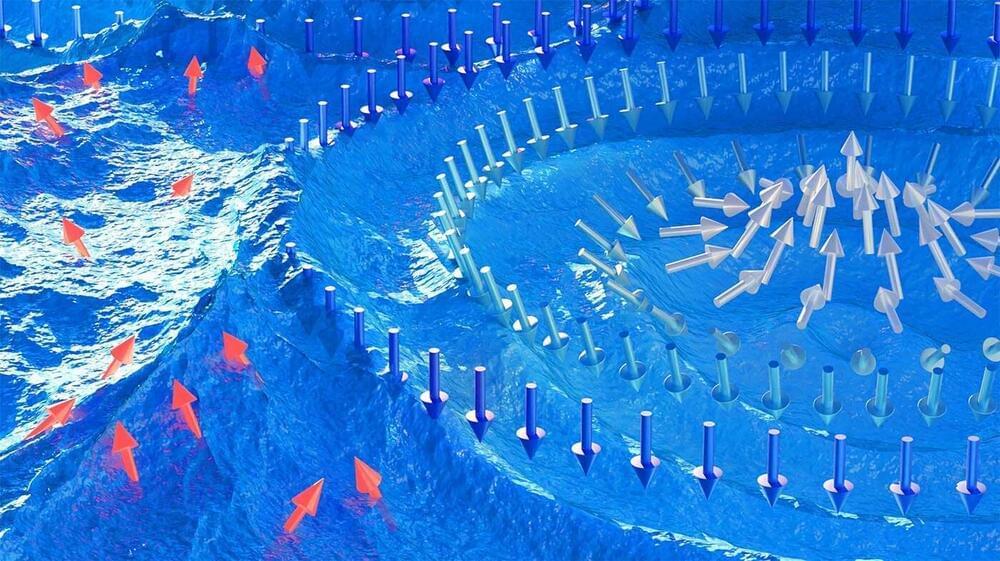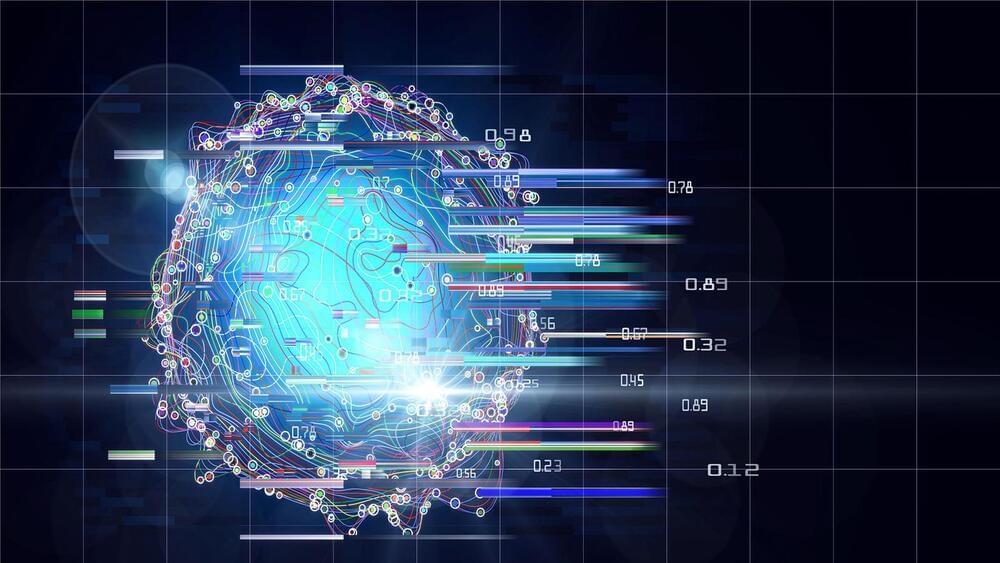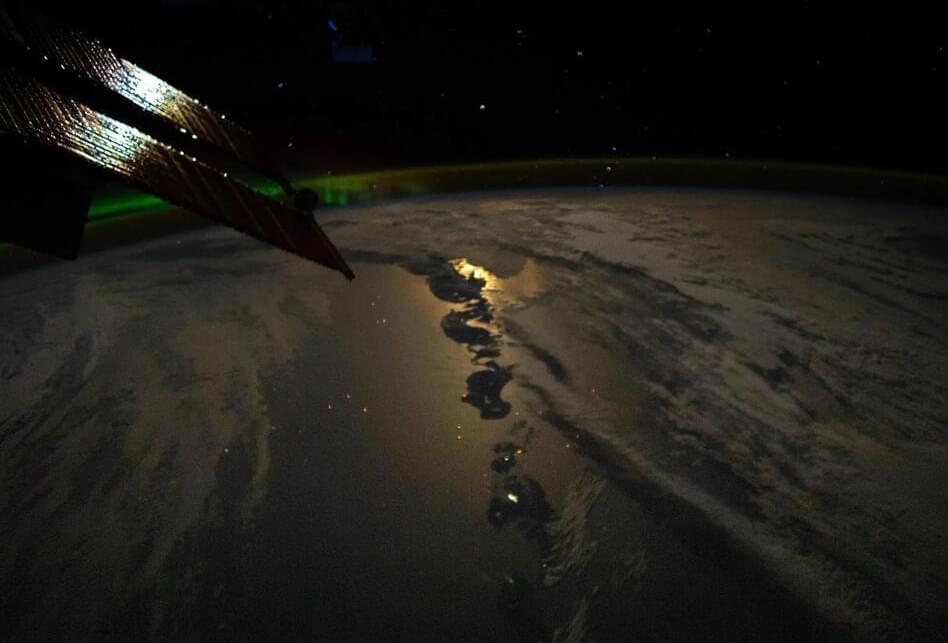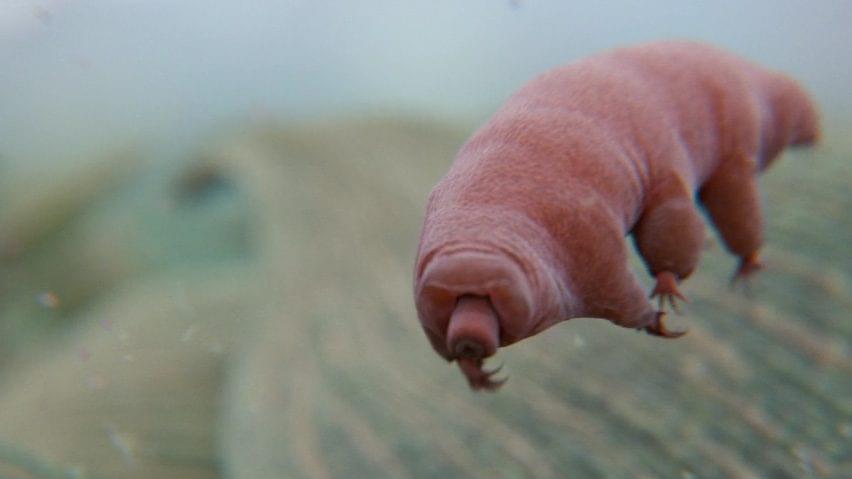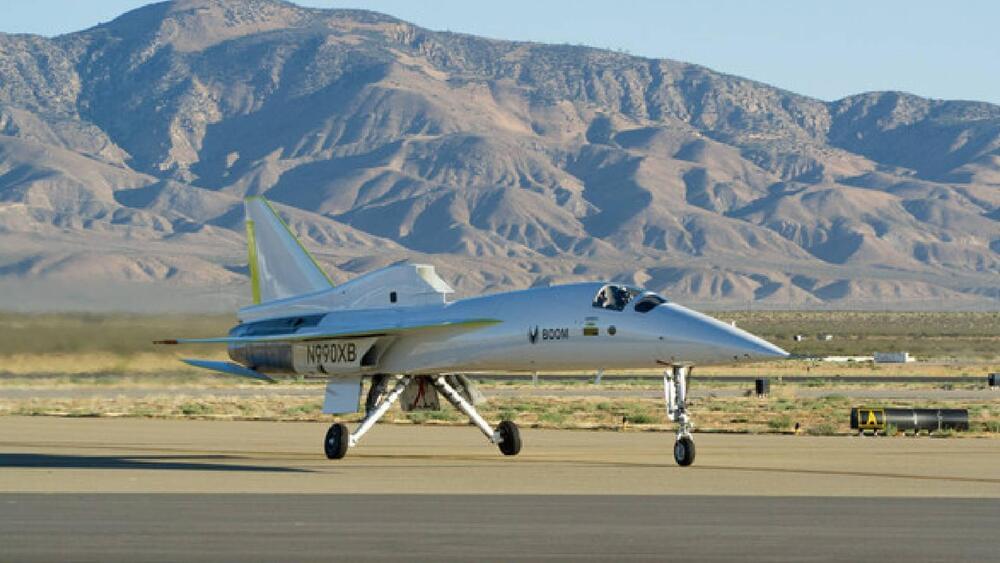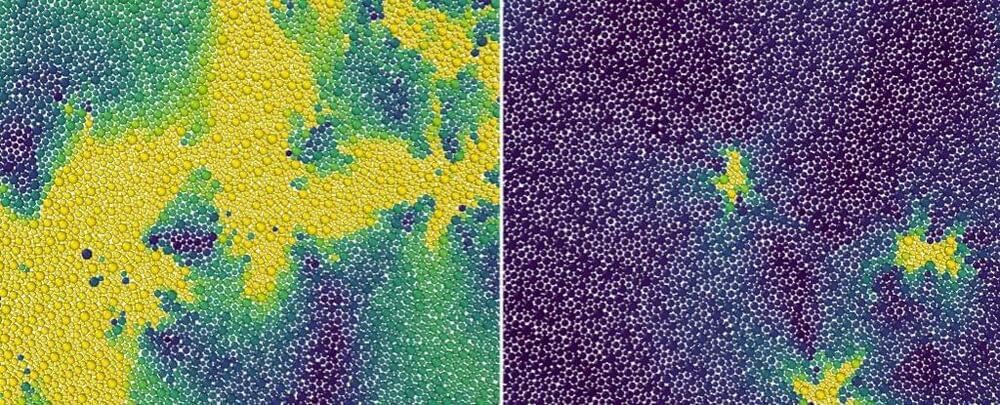Aug 28, 2023
Quantum computer unveils atomic dynamics of light-sensitive molecules
Posted by Saúl Morales Rodriguéz in categories: chemistry, computing, quantum physics
Researchers at Duke University have implemented a quantum-based method to observe a quantum effect in the way light-absorbing molecules interact with incoming photons. Known as a conical intersection, the effect puts limitations on the paths molecules can take to change between different configurations.
The observation method makes use of a quantum simulator, developed from research in quantum computing, and addresses a long-standing, fundamental question in chemistry critical to processes such as photosynthesis, vision and photocatalysis. It is also an example of how advances in quantum computing are being used to investigate fundamental science.
The results appear online August 28 in the journal Nature Chemistry.
